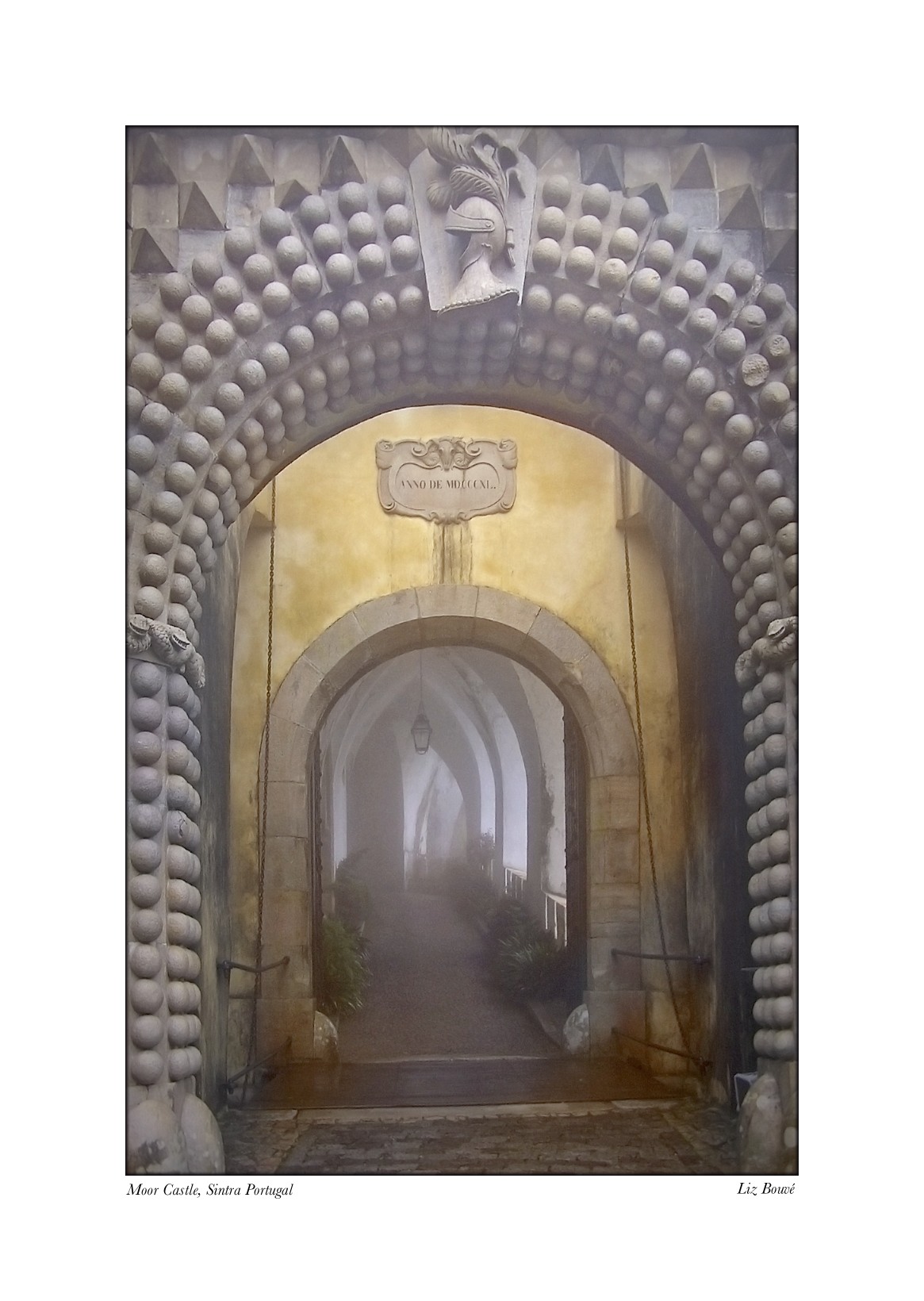
Luft and Ingram presented their model the following morning and then went their own separate ways without much fanfare. One year later, Luft was attending another human relations conference and was approached by a conference participant who wanted Joe to make a presentation on the “Joe-Harry Window”. Luft had no idea what this person was talking about and remained bewildered until the participant began describing the four-cell model that Joe had presented a year earlier with Ingram. Apparently, several of the Ojai participants apparently found the four-cell model to be insightful and began using this model in their own training. An informal authorship was assigned to the model (soon to be shortened to “Johari”). Since it had four cells and looked like a window, the model became known as the “Johari Window.”
Joe Luft went on to prepare a summary description of the Johari Window in a publication prepared by UCLA and wrote the first of several books on the Johari Window—a book with an unpretentious name (On Human Interaction). He began his book (Luft, 1969, p. 6/footnote) by noting that:
. . . it is fairly well known now that Johari does not refer to the southern end of the Malay Peninsula. That’s Johore. Johari is pronounced as if it were Joe and Harry, which is where the term comes from. However, Harry Ingram of the University of California, Los Angeles, should not be held responsible for releasing this neologism. Dr. Ingram and I developed the model during a summer laboratory session in 1955, and the model was published in the Proceedings of the Western Training Laboratory in Group Development for that year by the UCLA Extension Office.
Joe Luft wrote about the Johari Window in several additional books. The model, however, continues to be used in its original manner—as a maverick or orphan model without any author and often without any consistent or coherent underlying conceptual base. The present set of essays has been written in an effort to establish and anchor the authorship of the original book—Joe Luft and Harrington Ingram—and to establish (and hopefully enrich) the conceptual base of the Johari Window.








